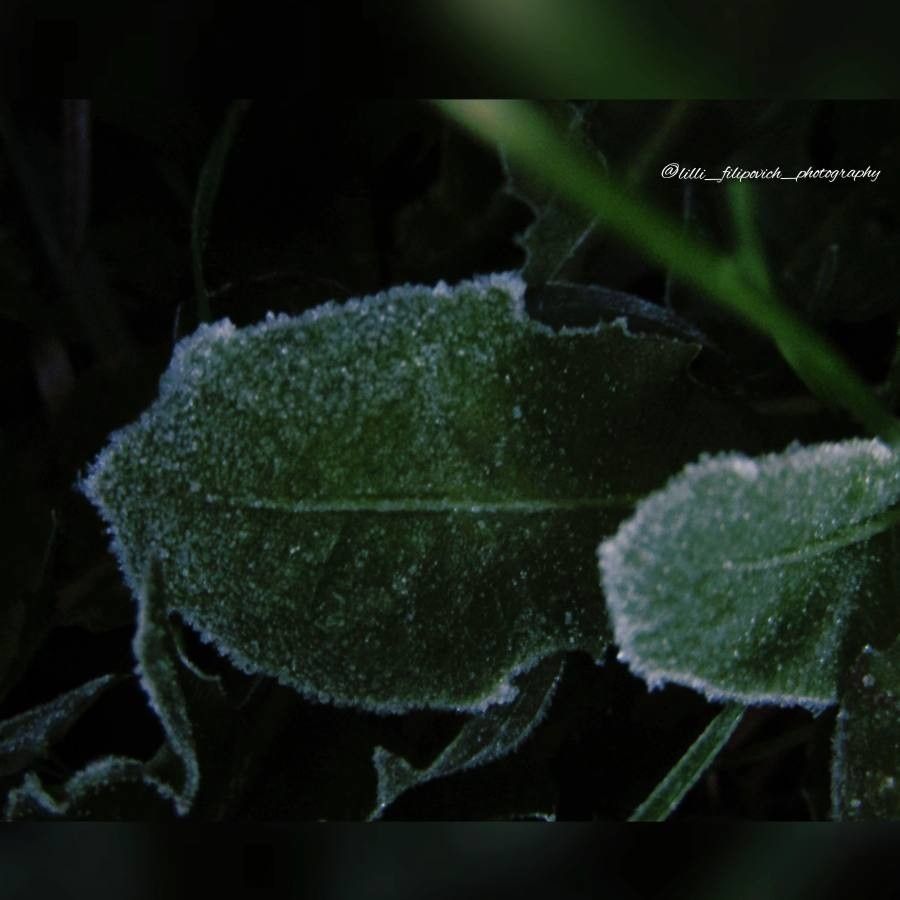Propagating Arabis modesta: A Gardener’s Guide to the Modest Rockcress
Arabis modesta, commonly known as modest rockcress, is a charming low-growing perennial prized for its dense mats of grey-green foliage and delicate sprays of small, white flowers in spring. Its adaptability to various soil types and its tolerance for drought conditions make it a popular choice for rock gardens, borders, and ground cover. However, propagating this seemingly unassuming plant can present unique challenges. Its propagation is less widely documented than some bolder garden plants, making success even more rewarding.
Seed Germination:
Currently, there are no known reliable methods for seed germination propagation of Arabis modesta. While seeds may be produced, their germination rate is notoriously low, and successful seedling establishment is rarely reported. Further research into specific germination requirements may be fruitful, but currently, this method is not recommended for propagation.
Cuttings:
Cuttings offer a more reliable method for propagating Arabis modesta.
Challenges: While relatively successful, rooting can be slow, and the process requires attention to detail for optimal results. Overwatering or insufficient light can lead to rot or failure to develop roots.
Practical Tips: Take semi-hardwood cuttings in late spring or early summer. Use sharp, clean shears to obtain 4-6 inch cuttings from healthy, non-flowering stems. Remove lower leaves to prevent rot and dip the cut end in rooting hormone powder. Plant cuttings in a well-draining, moist seed starting mix, ensuring good contact between the stem base and the medium. Provide adequate humidity (using a humidity dome or plastic bag) and bright, indirect light. Rooting typically takes several weeks.
- Rewards: Successful rooting from cuttings provides genetically identical plants to the mother plant, preserving desirable traits. It’s faster and more reliable than other methods.
Division:
Dividing established plants is a straightforward and highly successful method for propagating Arabis modesta.
Challenges: This method is only feasible for established, mature plants. Improper division can damage the root system, hindering the growth of both the parent plant and the divisions.
Practical Tips: Division is best performed in spring or early autumn. Carefully dig up the mature plant and gently separate it into smaller clumps, ensuring each division has a healthy root system and several growing points. Replant the divisions immediately, spacing them appropriately to allow for growth. Water thoroughly to help settle the roots.
- Rewards: Division is quick, easy, and guarantees a high success rate, reproducing the desirable characteristics of the parent plants. This method allows for easy increases in the number of plants in a garden.
Tissue Culture:
Tissue culture propagation of Arabis modesta is not commonly practiced and requires specialized equipment and expertise. While potentially offering large-scale propagation and disease-free plants, it’s not a practical method for home gardeners.
Challenges: Requires a sterile lab environment, specialized knowledge of plant tissue culture techniques, and significant investment in equipment and supplies.
Practical Tips: Not applicable for home gardeners.
- Rewards: Potential for large-scale, uniform propagation and disease elimination.
Conclusion:
Propagating Arabis modesta presents differing levels of challenge depending on the method chosen. While seed germination is unreliable, cuttings and division offer viable and relatively straightforward approaches for successful propagation. While tissue culture remains outside the reach of most gardeners, the satisfaction of nurturing cuttings or divisions into thriving plants is substantial. The initial hurdle of establishing new plants is well worth the reward of enjoying this resilient and captivating groundcover year after year. For the home gardener, mastering cuttings or division will lead to an abundance of this charming plant, enriching your garden with its modest beauty.

